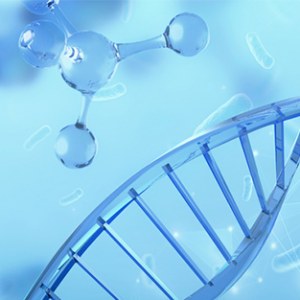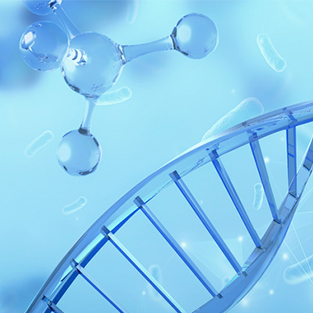 |
|
|
Bijoux / Accessoires
Transcriptome+Metabolome
|
|
Cette page concerne les importateurs et exportateurs de Transcriptome+Metabolome Rechercher dans la catégorie : Bijoux / Accessoires Rechercher dans la catégorie : transcriptome, metabolome |
Dimanche 28 août 2016
Prix : 10,00 €
Model: JBR-UF-ADirect drinking water purification system.Function: 1)Pure water : Ultra filtration water purification technology,It is effective to remove sediment, rust, suspended matter,colloid,bacteria, high molecular organic compounds and other harmful substances, Which make water 100% pure...
Jaber Environmental Protection Co., Ltd gyf
- 510000 - Guangzhou
- 86 020 84773062
- +15 9 89 16 99 06
Mardi 21 mai 2024
Gebiotide® Bifida Ferment Lysate products are derived from Bifidobacterium longum (BL), the metabolites and the clear liquid of the cell body fluid are obtained after constant temperature and anaerobic culture, crushing and inactivation, and separation. Gebiotide® Bifida Lysate Specifications...
Zhuhai Gene-Biocon Biological Technology Co., Ltd.
- 519000 - Gene-Biocon
- 0756 6348118
Mardi 21 juin 2022
Beoka machine gun muscle got vertical vibration. The principle is to relax and relieve muscle soreness, muscle tension imbalance, chronic strain pain, and improvement of joint mobility by high-frequency vibration. The amplitude of the muscle gun can reach 7mm-10mm, and the frequency...
SiChuan QianLi Beoka Medical Technology Co., Ltd
- 610000 - CHENGDU
- +8617308029893







